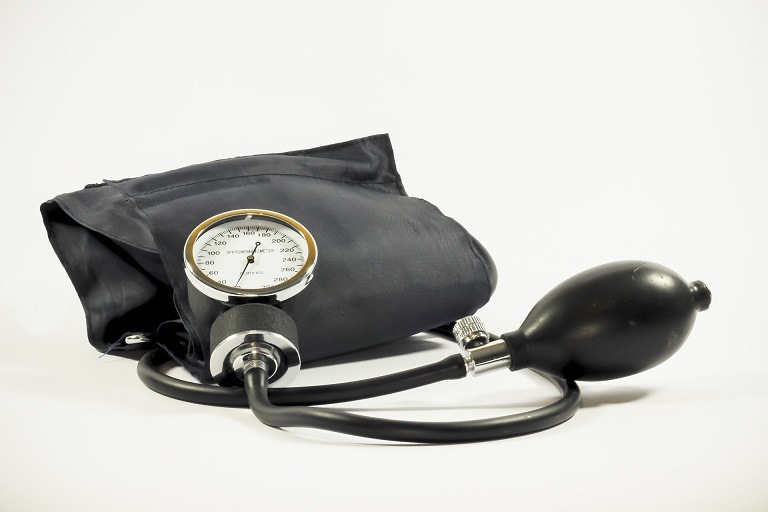 Researchers have projected that aggressively lowering blood pressure could help prevent more than 100,000 deaths in the USA each year.
Researchers have projected that aggressively lowering blood pressure could help prevent more than 100,000 deaths in the USA each year.
“The public health impact of adopting intensive treatment in the right patients is enormous,” says Adam Bress, University of Utah, Salt Lake City, USA, assistant professor of population health sciences.
Bress is the lead author of “Potential Deaths Averted from SPRINT Implementation,” which has been published online in Circulation.
Bress and his fellow experts from institutions across the country built upon the landmark Systolic Blood Pressure Intervention Trial (SPRINT), which found that decreasing blood pressure to less than 120mmHg compared to 140mmHg reduced heart attack, stroke and death in people that were at high risk. But—until now— the potential number of lives that could be saved if SPRINT-based intensive treatment were fully implemented among eligible US adults was unknown.
The University of Utah-led team of researchers used data from the US National Health and Nutrition Examination Survey from 1999 to 2006 conducted by the National Center for Health Statistics. They focused on about 2,000 men and women who met the SPRINT eligibility criteria to determine the projected 107,500 lives saved each year.
In past decades, doctors had typically worked to keep patients’ blood pressure less than 140mmHg. SPRINT concluded that there could be a 27% reduction in mortality through the intensive blood pressure regimen.
“The lifetime risk of high blood pressure in the US is about 80%,” says the study’s senior author Richard Cooper, professor and chairman of Public Health Sciences at Loyola University Medical School, who collaborated with Bress. “Optimal management is one of the most significant contributions of medical care to patient survival. So we need to understand that small improvements in individual management can make a major impact on people’s health.”
To achieve blood pressure of 120mmHg or less, it is likely people would need to take three or four medications instead of two recommended for the higher blood pressure goal, the assistant professor says. They would likely also see the health care provider more frequently and need more lab tests. Though this would require some additional spending in the short-term, the overall cost of high blood pressure in the USA is large.
“Currently about 80 million Americans have higher blood pressure: one out of three,” Bress says. “And the treatment cost of hypertension is about US$80 billion a year.”
The medications doctors would need are already available, safe, effective, and inexpensive, he added. In some individuals they cause side effects such as fatigue, cough and lower leg swelling.
He acknowledges that some concerns remain about dropping blood pressure so dramatically. Their analysis also showed that additional blood pressure medications increase risk for low blood pressure, fainting, and acute kidney injury. Currently, scientists are investigating whether the treatment impacts cognition.
“The point we are trying to make when it comes to choices around intensive treatment is: Do the benefits of reducing your risk of stroke or early death outweigh the risks?” says Bress.
Cooper believes the treatment goal for systolic blood pressure should be reset to at least 130. Practical trials should be created to help monitor blood pressure at home and find systems—such as electronic recording—that make it easier for doctors to meet that target, he says.
Additional research is underway to determine who may best benefit from SPRINT protocol—whether that is someone who is of a certain age group, or someone that does not have diabetes or other conditions.
How to implement the reduced blood pressure protocol also remains a question mark, Bress says. But he does not think there should be a delay.
“What I fear is that if it takes 10 years to implement, we would not fully realise the potential public health gains. Within that time we could greatly reduce the number of deaths from high blood pressure.”













